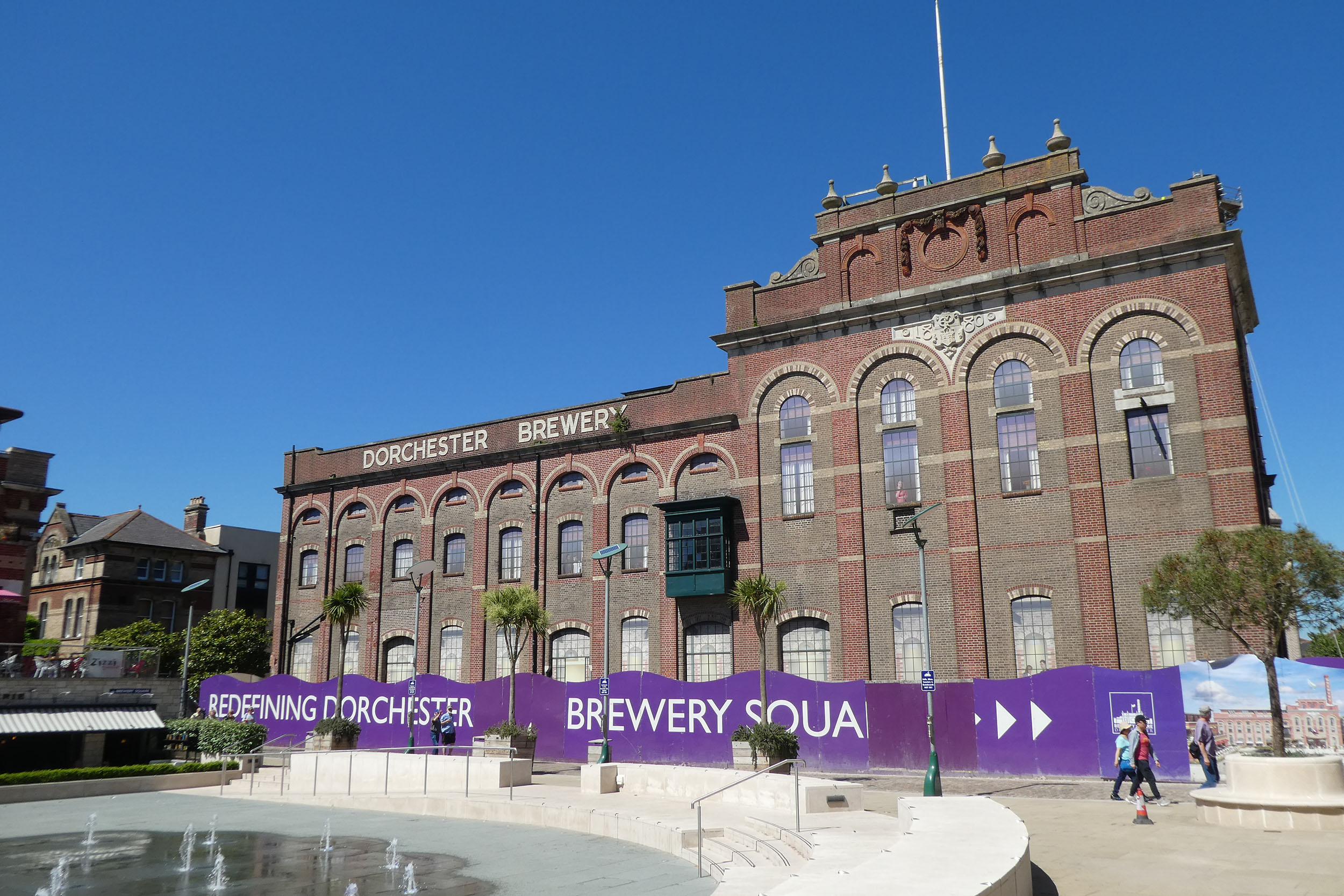Works to Buildings in Commercial Use
As a business owner or developer making changes to a historic building, you'll want to take into account:
Historic England's support for developers
We offer pre-application advice and planning advice to businesses who want to invest in Grade I or II* historic buildings to give them a profitable future. More about support for developers.
We also provide Enhanced Advisory Services - paid for services which can help you to speed up projects and reduce risk. These include fast track listing, listing enhancement and extended pre-application advice.
Permissions and professional help you'll need when making changes
Please be aware that you may need consent to make changes that affect the character of your property. These could include listed building consent or planning permission.
If you are unsure whether you need permission, please contact your local authority.
See our page on finding professional help for information on choosing qualified professionals to carry out work to your building.
General and technical advice on building works
Our making changes section covers the most common types of work in historic buildings, from changing the internal layout to altering doors and windows.
Many old buildings have historic features which you may wish to repair or restore. We also provide technical advice on maintenance and repair of historic buildings.
Equality of access works
Legislation that promotes equality of access to public services can mean that you'll need to make changes to your historic building or site.
You may wish to look at our guidelines on improving access to historic buildings and access to historic landscapes for people with disabilities while working within the wider principles of conservation.
Energy efficiency
There are several ways in which you can improve the energy efficiency of your building. These include carrying out regular maintenance, preventing draughts and upgrading your heating.
If your property has historic windows, there are ways to make them more energy efficient without replacing them. This is also true for sash windows. Repair is better than replacement and you should retain historic windows wherever possible.
Shutters, insulated blinds and thick curtains all significantly reduce heat loss. If you have shutters, it’s worth making sure they work and closing them at night. If shutters are missing, you could consider having new ones made.
Retrofit: The Sustainable Traditional Buildings Alliance note on Responsible Retrofit contains detailed information on retrofit and the considerations required.
Security
Our advice on preventing heritage crime will help you decide what actions you can take to make your building more secure.
Health and safety
Historic buildings and sites are not subject to any special treatment under general health and safety law. For general advice on health and safety guidance, visit the Health and Safety Executive website.
Disaster management and emergency planning
Those who look after heritage assets have a responsibility to ensure that an effective Emergency Response Plan is in place. This will ensure safety during salvage operations and that damage and deterioration of the building and its contents are minimised. Please see our emergency planning and fire advice pages for more information.
Many older buildings are in areas where there is a significant chance of flooding. This may be caused by river or coastal flowing, groundwater or sewage flooding. We have developed advice on understanding flood risks in your property, including preparing for floods, dealing with flooding and flood damage.





